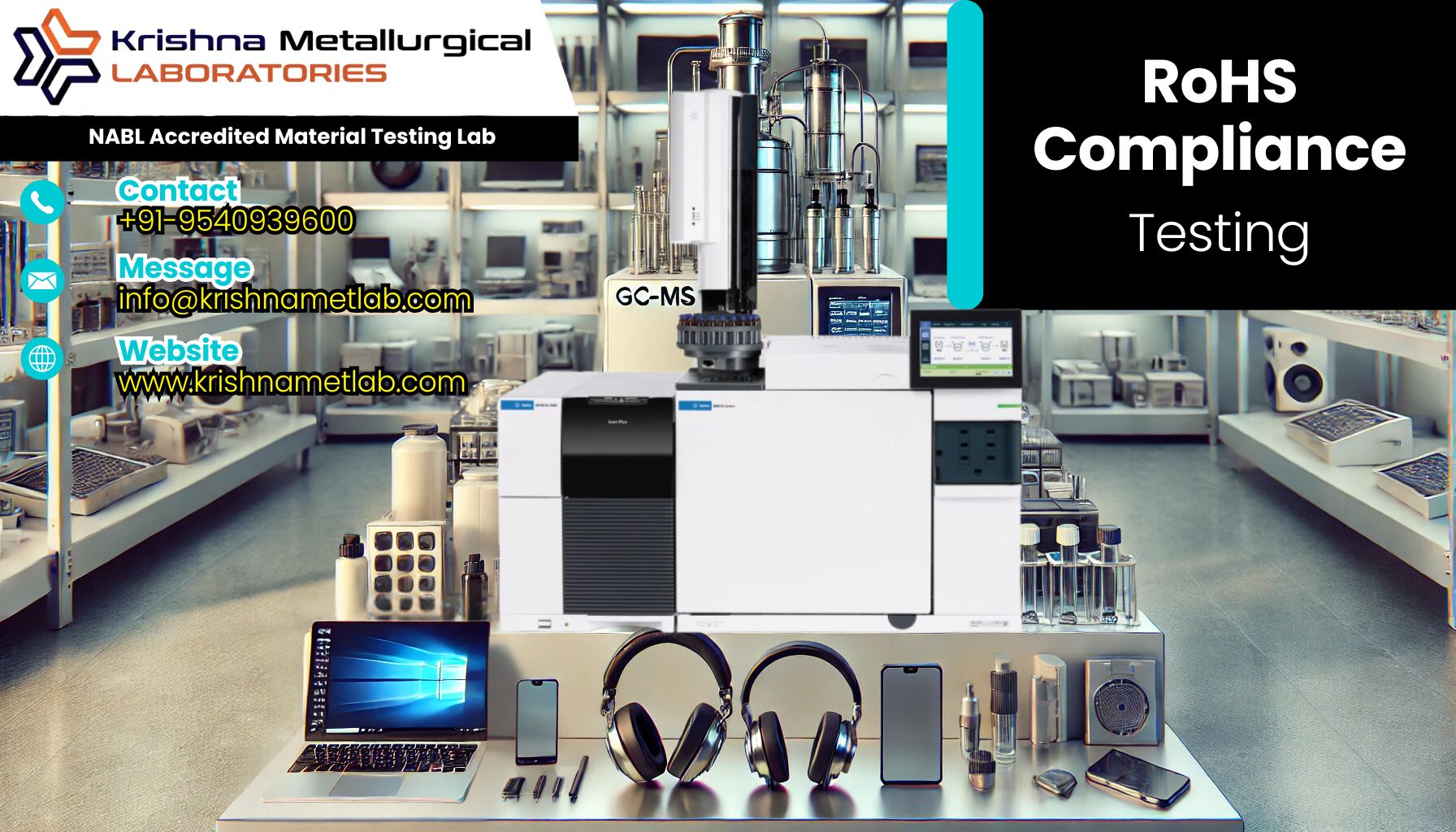
Ozone, a triatomic molecule composed of three oxygen atoms, plays a pivotal role in sustaining life on Earth. Found naturally in the stratosphere, ozone forms a protective shield against harmful ultraviolet (UV) radiation, safeguarding ecosystems and human health. However, in the troposphere—the layer closest to Earth’s surface—ozone acts as a harmful pollutant, impacting air quality and contributing to global climate change. This duality of ozone highlights its critical role and necessitates robust ozone testing to create a sustainable and healthier world.
Understanding Ozone: Good vs. Bad
Ozone’s impact is categorized based on its location:
-
Stratospheric Ozone (“Good Ozone”)
Found between 15 to 35 kilometers above Earth’s surface, this layer absorbs and scatters UV-B and UV-C radiation. Without this shield, humans and other life forms would face severe consequences like increased skin cancer rates, cataracts, and reduced crop yields. -
Tropospheric Ozone (“Bad Ozone”)
Near the ground, ozone forms when pollutants from vehicles, industrial facilities, and chemical solvents react with sunlight. It is a significant component of smog and poses risks to respiratory health, agricultural productivity, and biodiversity.
The Environmental Impact of Ozone
-
Health Hazards
Ground-level ozone exposure can cause severe respiratory issues, such as asthma, chronic bronchitis, and reduced lung function. Vulnerable populations, including children, the elderly, and those with pre-existing health conditions, are particularly at risk. -
Impact on Vegetation and Crops
Tropospheric ozone inhibits photosynthesis in plants, leading to reduced growth and lower crop yields. Staples like wheat, rice, and soybeans suffer considerable losses, threatening food security. -
Role in Climate Change
Ozone is a greenhouse gas in the troposphere, trapping heat and contributing to global warming. Its short atmospheric lifespan offers a unique opportunity to mitigate its effects through targeted measures.
Why Ozone Testing Is Crucial
Ozone testing is an essential process for assessing both environmental quality and compliance with safety standards. It helps monitor the presence of ozone in diverse settings, from urban areas to industrial workplaces. Here’s why it matters:
-
Public Health Protection
Regular ozone testing ensures air quality standards are met, safeguarding populations from harmful exposure levels. -
Industrial Safety
Certain industries, like pharmaceuticals and water treatment, use ozone for sterilization and disinfection. Testing ensures that ozone concentrations remain within safe limits to protect workers and processes. -
Environmental Monitoring
Continuous ozone monitoring helps governments and organizations track pollution trends, design mitigation strategies, and enforce environmental regulations effectively.
Applications of Ozone Testing
Ozone testing is conducted in various domains to address specific concerns:
-
Indoor Air Quality
Ozone testing in homes, offices, and healthcare facilities ensures that indoor air remains safe and conducive to health. -
Automotive Emissions
Measuring ozone levels from vehicle exhaust helps authorities enforce emission norms and encourage cleaner transportation technologies. -
Water Treatment
Ozone is widely used in water purification systems. Testing ensures its efficacy while preventing harmful byproducts. -
Workplace Safety
Industries using ozone in manufacturing or sterilization processes rely on testing to avoid worker exposure to toxic levels.
Technology and Techniques in Ozone Testing
Modern ozone testing employs advanced technology to provide accurate and reliable results. Techniques include:
-
UV Photometry
This method uses ultraviolet light to measure ozone concentrations with high precision. -
Electrochemical Sensors
Compact and portable, these sensors are ideal for real-time monitoring in various environments. -
Gas Chromatography
This sophisticated technique separates and quantifies ozone molecules for detailed analysis. -
Passive Sampling
Simple and cost-effective, passive sampling devices are used for long-term monitoring in remote or inaccessible areas.
Ozone Testing for a Sustainable Future
-
Global Efforts to Address Ozone Depletion
The Montreal Protocol, signed in 1987, marked a turning point in combating ozone depletion by phasing out ozone-depleting substances (ODS). Nations worldwide have demonstrated that collective action can restore the stratospheric ozone layer. -
Reducing Tropospheric Ozone Levels
Governments and organizations are focusing on reducing precursor emissions, such as nitrogen oxides (NOx) and volatile organic compounds (VOCs), through cleaner technologies and stricter regulations. -
Corporate Responsibility
Businesses are increasingly adopting ozone testing to ensure compliance with environmental standards, fostering transparency and accountability.
How Individuals Can Contribute
While governments and industries play a significant role, individuals can also make a difference:
- Opt for public transportation or carpooling to reduce vehicular emissions.
- Support renewable energy initiatives to cut down on fossil fuel dependence.
- Avoid using products containing harmful chemicals that contribute to ozone formation.
Conclusion
Ozone’s role in our world is as complex as it is crucial. While it shields us from harmful UV radiation, its presence at ground level poses significant health and environmental challenges. Ozone testing emerges as a vital tool in mitigating these issues, ensuring cleaner air, safer workplaces, and healthier ecosystems.
By prioritizing ozone testing and embracing sustainable practices, we can work collectively to create a world where the benefits of ozone are maximized while its risks are minimized. This proactive approach will help pave the way for a healthier and more sustainable planet for generations to come.






Leave a Reply